In high-precision and high-stakes manufacturing environments, ensuring that every product meets stringent quality requirements is not just a goal—it is a fundamental necessity. While many organizations still rely on statistical sampling, full inspection is becoming the preferred quality assurance strategy in industries where even a single defective part can result in catastrophic outcomes. By definition, full inspection entails examining every unit of a product batch for compliance with pre-established standards. It is not merely a reactive measure, but a proactive guarantee of quality that extends throughout the entire production lifecycle. This approach is widely adopted in sectors such as aerospace, medical device manufacturing, automotive safety systems, and high-end electronics. In these domains, full inspection plays a pivotal role in delivering consistent performance, minimizing recall risks, and fulfilling contractual or regulatory obligations. But implementing full inspection effectively requires much more than checking boxes—it demands strategic planning, technological integration, and a deep understanding of the production system.

The Operational Scope of Full Inspection
Full inspection spans a wide range of quality metrics and technologies. These include dimensional measurements, surface quality assessments, structural integrity tests, and functional evaluations. Depending on the component's characteristics, the inspection might involve contact or non-contact methods, human visual appraisal, or machine-assisted detection. Effective implementation requires well-calibrated instruments, skilled inspectors, and integration with digital quality management systems to maintain traceability, repeatability, and responsiveness across every stage of manufacturing.
Dimensional Accuracy
For machined or molded parts, tolerances are often within microns. Tools such as coordinate measuring machines (CMM), laser scanners, and optical micrometers are frequently used to ensure dimensional conformance. Full inspection at this level is critical, especially in components that will undergo further assembly, where cumulative dimensional deviations can cause serious fitment or functionality issues. Such precision is crucial in applications like turbine blades, aerospace fixtures, and medical implants, where geometrical exactness ensures not only performance but also safety. Dimensional data from full inspection is often fed into Statistical Process Control (SPC) systems to monitor trends and trigger preventive maintenance.
Surface Integrity
Cracks, burrs, pits, or discoloration are considered surface defects that can compromise the aesthetic, structural, or corrosion-resistant properties of the final product. Surface inspections may be visual (using high-intensity lighting and magnification) or technological, using automated optical inspection (AOI), 3D surface profilers, or eddy current testing. Industries such as luxury goods manufacturing, medical instruments, and high-performance automotive parts place special emphasis on flawless surfaces. Full inspection ensures that even the most minor surface anomaly is identified and addressed, improving customer satisfaction and reducing returns. Advanced systems can quantify roughness, reflectivity, and contour deviation in real-time.
Functional Testing
Some components must not only look correct but also perform specific functions under load, pressure, vibration, or temperature extremes. Full inspection protocols often include 100% functional testing using automated rigs, software simulations, or real-time embedded diagnostics. This is particularly important in electronic modules, valves, actuators, and sensor assemblies. Each part must respond as expected under simulated working conditions. In automotive and aerospace sectors, functional tests may be coupled with endurance testing and data logging, providing manufacturers with assurance that performance will hold up under real-world use. Full inspection through functional validation bridges the gap between quality assurance and field reliability.
Key Industries That Require Full Inspection
Full inspection is particularly critical in industries where product failure can cause human harm, environmental damage, or significant financial loss. In these sectors, the cost of an undetected defect far outweighs the investment in comprehensive inspection procedures.
Aerospace and Defense
In aviation and space systems, failure is not an option. Every component—whether a titanium bolt or a fuel valve—must undergo exhaustive scrutiny. Full inspection in this sector often involves destructive and non-destructive testing (NDT), high-frequency ultrasound, and X-ray imaging to uncover internal flaws that might elude surface-level inspections. Given the extreme operating environments, materials must be flawless in both form and structure. Aerospace parts often come with life-critical functions, and documentation from full inspection becomes part of the permanent manufacturing record. Advanced inspection tools are used for weld integrity, composite bonding, and material fatigue resistance, supporting mission-critical reliability.
Medical Devices and Implants
Medical devices interact with the human body in highly sensitive ways. For example, pacemaker housings must be leak-proof, surgical tools must be contamination-free, and orthopedic implants must have pristine geometries. Full inspection ensures that each item meets rigorous standards for sterility, biocompatibility, and functionality, complying with certifications such as ISO 13485 and FDA 21 CFR Part 820. This includes in-process inspection of raw materials, final visual and dimensional checks, and occasionally simulated use trials in sterilized environments. Each batch undergoes traceability control to ensure that any post-market surveillance findings can be linked back to a verified production record.
Automotive Powertrain and Safety Systems
Brake components, airbags, and electronic control units (ECUs) are mission-critical parts in vehicles. Any defect may lead to recalls, customer injury, or legal exposure. Many OEMs mandate full inspection on these items to ensure total reliability. The data collected from these inspections is also used to drive upstream process improvements in Tier 1 and Tier 2 supply chains. Inspection regimes in automotive include high-pressure seal testing, electromagnetic compatibility (EMC) testing, and endurance cycling. With increasing electrification and ADAS integration, the importance of verifying sensor and actuator accuracy through full inspection is only growing. It supports both compliance with safety regulations and the brand's reputation for quality.
Electronics and Semiconductors
In consumer electronics and industrial automation systems, even the smallest soldering defect or hairline crack can lead to field failures. High-resolution AOI, in-circuit testing (ICT), and automated X-ray inspection (AXI) are used to carry out full inspection on printed circuit boards (PCBs), processors, and sensor units. These inspections are performed at various stages of the manufacturing process, including post-soldering, pre-assembly, and final functional test. The increasing miniaturization of electronic components demands even more precision. Full inspection helps identify common failure points such as insufficient solder joints, voids, and misplaced chips, improving yield and product lifespan. Inspection data is often stored in cloud-based systems for multi-site process benchmarking and supply chain collaboration.
In a world where reliability, precision, and accountability define success, full inspection is more than just a quality gate—it is a value generator. It empowers manufacturers to exceed expectations, strengthen supply chain credibility, and eliminate defects at the source. Whether through human judgment or AI-powered automation, full inspection ensures that every unit that leaves your facility is a reflection of engineering excellence and commitment to quality. Investing in full inspection is not a cost—it's a competitive advantage.
https://www.topinspection.net/Inspection-Services
www.topinspection.net
TOP International Inspection Service Co., Ltd.

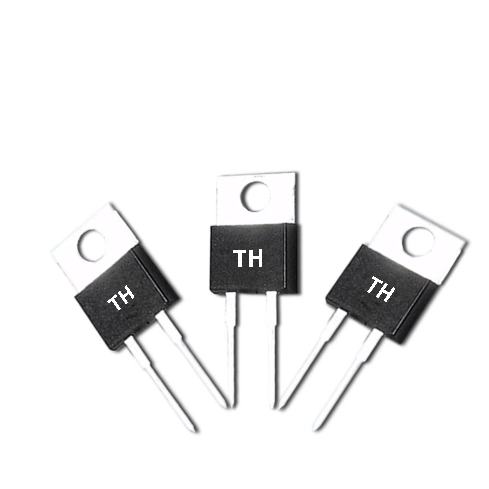
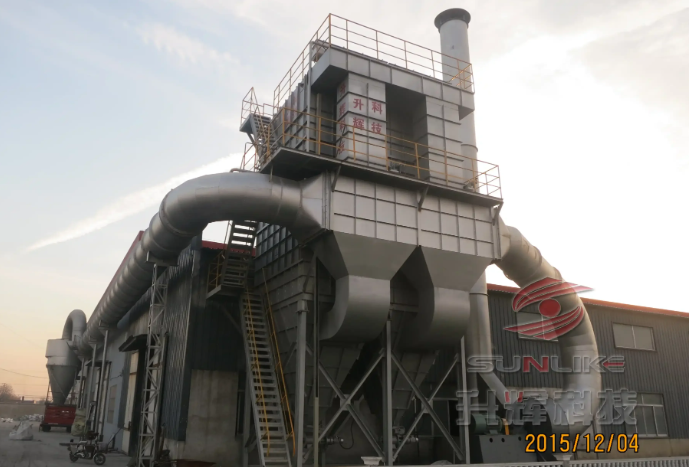
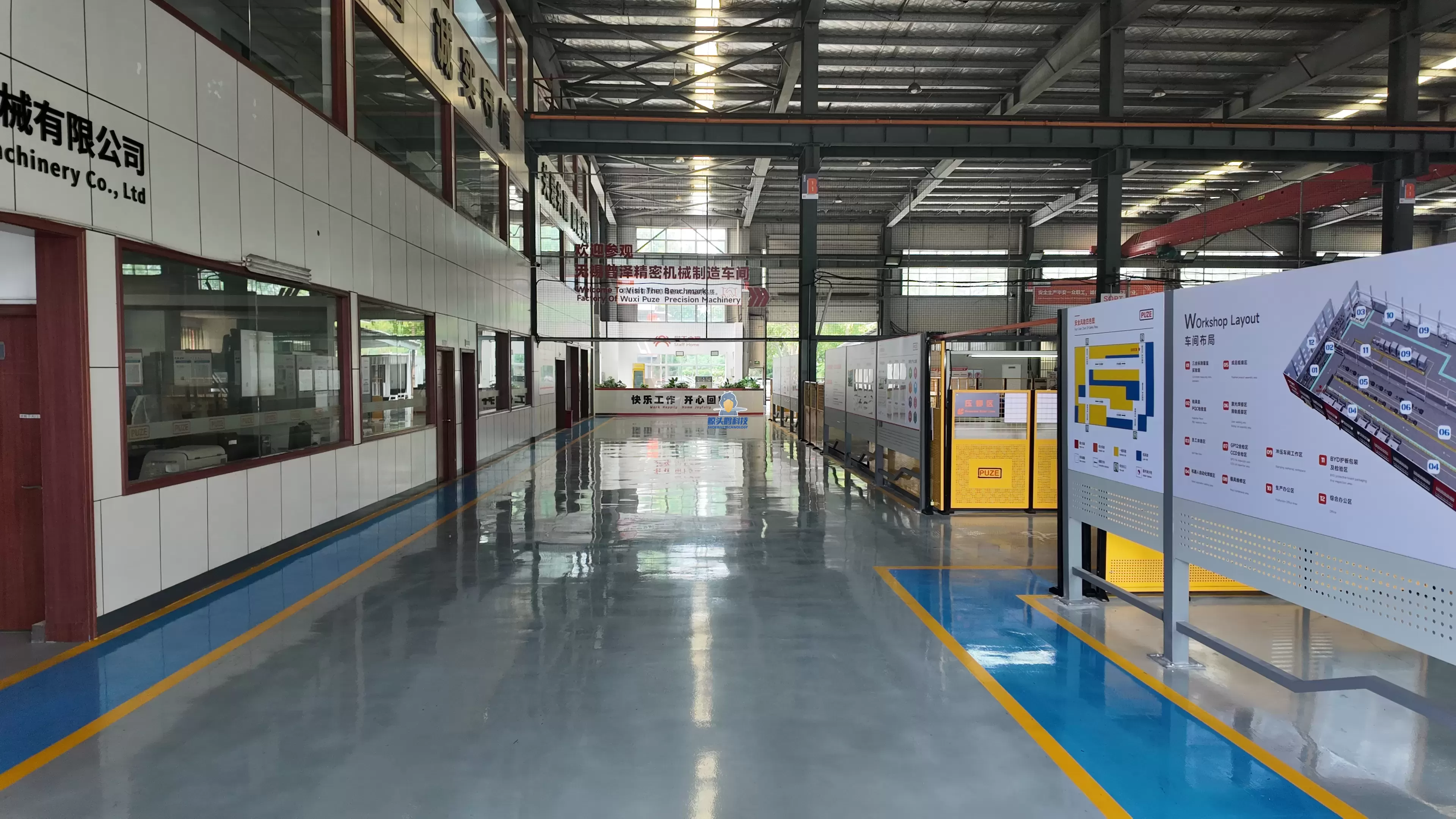
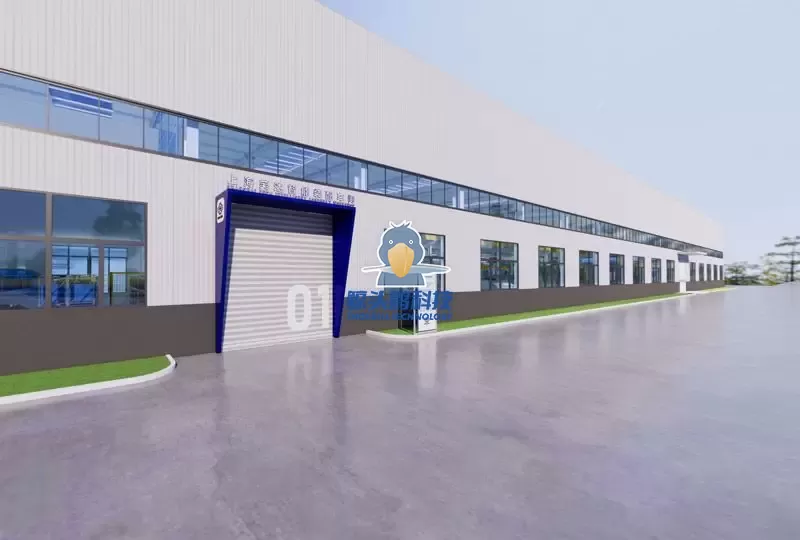
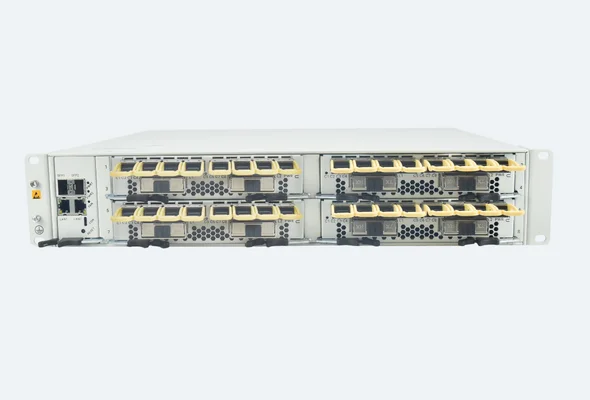
+ There are no comments
Add yours